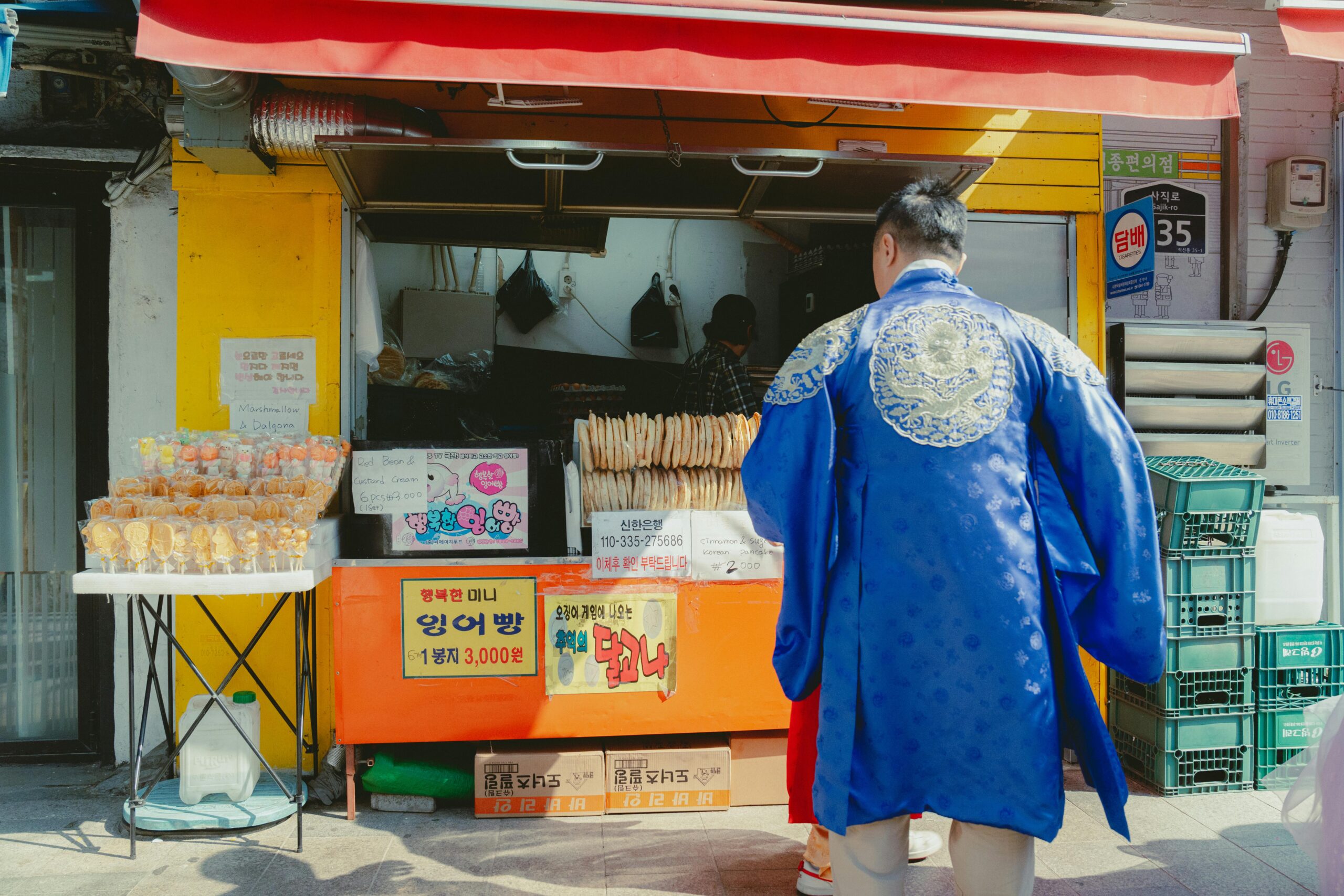Exploring the Vibrant Culture of Gwangjang Market
Gwangjang Market, one of South Korea’s oldest and most iconic traditional markets, stands as a vibrant testament to the country’s rich history, culinary heritage, and bustling street life. Established in 1905 in the heart of Seoul, this market has evolved into a popular destination for locals and tourists alike, offering an immersive experience blending shopping, dining, and cultural discovery. As we delve deeper into the essence of Gwangjang Market, we’ll explore its unique food offerings, its role in preserving traditional Korean textile crafts, the lively atmosphere that defines it, and its significance as a social hub. Understanding Gwangjang Market provides insight into how tradition and modernity coexist in contemporary Korean society.
The Culinary Heartbeat of Gwangjang Market
Food is at the core of Gwangjang Market’s appeal. This bustling marketplace showcases an unparalleled variety of traditional Korean street foods and delicacies. Visitors are drawn to stalls selling freshly made bindaetteok (mung bean pancakes) and mayak gimbap (mini seaweed rice rolls), each bite offering a taste of Korea’s culinary history. The market is also famous for its tteokbokki (spicy rice cakes) and savory soondae (Korean blood sausage). Many eateries in the market pride themselves on recipes that have been passed down for generations, making Gwangjang both a gastronomic adventure and a living museum of Korean food traditions. The diversity and authenticity of cuisine here help preserve Korea’s rich culinary heritage while inviting new generations to savor it.
Traditional Textiles and Handicrafts: Weaving Korea’s Past
Beyond food, Gwangjang Market plays a crucial role in safeguarding Korea’s traditional textile crafts, especially silk and satin production. Vendors selling luxurious handmade fabrics and Hanbok (traditional Korean clothing) create a unique shopping experience that connects visitors with centuries-old craftsmanship. The market’s textile district not only supports small artisan businesses but also fosters appreciation for Korea’s cultural identity expressed through clothing. This craft-oriented sector serves as a counterbalance to mass-produced fashion, highlighting sustainable and meaningful consumer values. By maintaining this specialization, Gwangjang Market helps sustain Korea’s textile heritage amid rapid industrialization and globalization.
The Vibrant Atmosphere: A Sensory Feast
What makes Gwangjang Market unforgettable is its vibrant atmosphere. The market buzzes with the sounds of haggling voices, sizzling grills, and the rhythmic chopping of fresh ingredients. Brightly lit stalls and colorful goods create a visual spectacle, while the mingling aromas of fermented sauces, grilled meats, and sweet rice cakes tantalize the senses. This lively environment reflects the communal spirit of Korean markets, where people gather not just to trade goods but also to socialize and celebrate everyday life. Visitors often find themselves immersed in energetic interactions, witnessing traditions in motion and feeling connected to a dynamic urban culture.
Gwangjang as a Social and Cultural Hub
Gwangjang Market’s importance extends beyond commerce; it functions as a social and cultural hub that brings together diverse groups of people. From elderly locals reminiscing over familiar tastes to young food enthusiasts seeking trends, the market fosters intergenerational connections. Seasonal festivals and events held here showcase Korean customs and artistry, enhancing the market’s role in community building. Moreover, its accessibility and central location make it a melting pot of cultures, reflecting Seoul’s evolving urban identity. This social function ensures that the market remains relevant and vibrant amid changing societal dynamics.
Modern Challenges and Preservation Efforts
Despite its enduring popularity, Gwangjang Market faces challenges linked to modernization, urban redevelopment, and shifts in consumer behavior. The influx of convenience stores and shopping malls poses a threat to the market’s traditional character. However, preservation efforts by local authorities and community groups aim to balance modernization with heritage conservation. Initiatives include promoting artisanal vendors, improving infrastructure, and leveraging tourism while respecting the market’s authenticity. These efforts underscore a broader commitment to maintaining cultural landmarks that embody Korea’s unique history and community spirit.
Conclusion
Gwangjang Market remains a remarkable emblem of Korea’s historical continuity and cultural richness. Through its exceptional food, preservation of traditional textiles, lively atmosphere, and communal spirit, the market offers a profound glimpse into the heart of Korean life. It is not merely a place for transactions but a living cultural entity where history, art, and everyday existence converge. While facing the pressures of modern urban life, efforts to preserve Gwangjang Market’s authenticity highlight the importance of safeguarding cultural heritage in a rapidly changing world. Visiting the market is therefore more than a sensory experience—it’s an invitation to connect deeply with Korea’s past and present.
